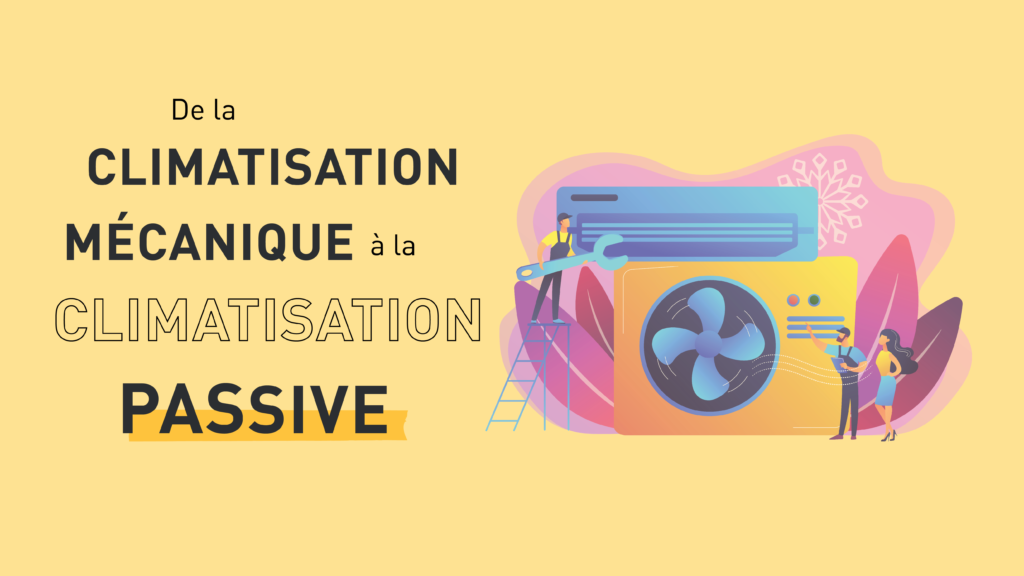In recent years, we have all felt the effects of rising temperatures. When the heat becomes overwhelming, air conditioning is often the first solution that comes to mind. While it provides a certain comfort, it's important to remember that it is not without consequences.
Behind this apparent comfort lie significant impacts on the environment and our energy expenses. Fortunately, there are gentler and more sustainable solutions for our planet and our wallets.
Global electricity consumption related to air conditioning currently represents nearly 20%, or about 10,000 TWh per year. Faced with these impressive figures, it is essential to explore alternatives like passive cooling, which helps us stay cool while reducing our carbon footprint.
The environmental impact of air conditioners
We’ve all experienced those scorching summers when air conditioning seemed like our best ally. However, the massive use of air conditioners has real, often unrecognized, effects on our environment.
Firstly, there is the heat that air conditioners release outside. This heat directly contributes to rising temperatures in cities and the creation of true "urban heat islands" (UHI), making urban life even more challenging during heatwaves. These areas, often paved, absorb a significant amount of heat and release it slowly, even at night. This impacts our daily well-being, especially for those living in cities.
Next, there are refrigerant leaks. Insufficient maintenance of air conditioners can lead to the release of extremely potent greenhouse gases (GHGs), which are not only harmful to the ozone layer but also actively contribute to global warming. Over time, these invisible yet prevalent leaks exacerbate the challenges we must address.
Finally, air conditioning is very energy-intensive. Since 1990, the energy consumption of air conditioners has more than tripled. A large part of this energy still comes from fossil fuels, which means massive GHG emissions and rising costs for our bills. In light of this, one question arises: isn't there a better way to cool down ?
Passive cooling : an effective and sustainable solution
This is where passive cooling comes into play. Imagine a solution that allows you to stay cool without relying on energy-hungry and noisy machines. A solution that intelligently uses natural resources to protect you from heat. It sounds ideal, doesn’t it? That’s the essence of passive cooling.
One of the best ways to implement this type of cooling is to adopt solutions like cool roofing technology. In simple terms, cool roofing involves covering roofs with a special coating that reflects solar rays and limits heat buildup.
The Drylast® CRWR coating is specifically designed for this purpose: its highly reflective white color allows it to reflect a large portion of solar radiation, thereby reducing the temperature of the roof and, by extension, that of the interior of the building. Unlike some solutions that require complex work, Drylast® CRWR is applied directly to existing roofs without compromising their waterproofing.
The results are immediately noticeable: indoor temperatures drop by up to 10°C, energy consumption can be reduced by up to 30%, and significant savings on energy bills can be achieved. With less reliance on air conditioning, we also limit our impact on the environment.
Towards a virtuous circle
Adopting solutions like cool roofing is not just a technological innovation; it is a commitment to a more sustainable lifestyle and a contribution to a virtuous circle that benefits all of us.
Reducing dependence on air conditioners limits urban overheating, reduces GHG emissions, and provides better thermal comfort in summer, all while lowering energy costs.
Together, let’s choose solutions that keep us cool while taking care of our planet.



